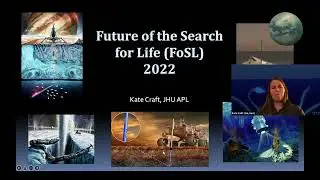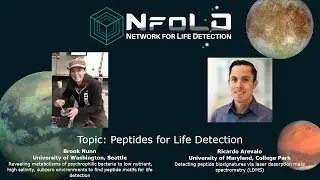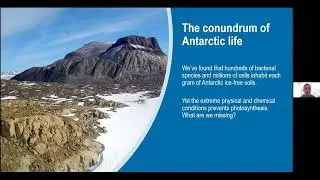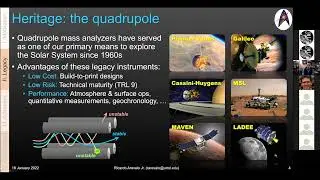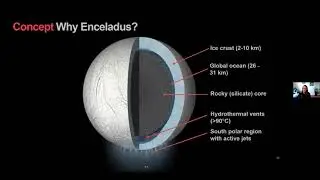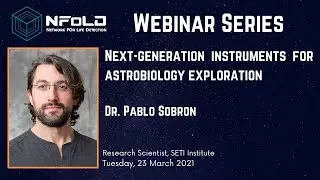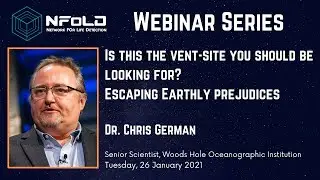NfoLD Webinar — January 2022 — Ricardo Arevalo
About Dr. Ricardo Arevalo Jr.:
Dr. Ricardo Arevalo Jr. is an Associate Professor in the Department of Geology at UMD, and Director of the M-CLASS Laboratory. He has expertise in the advancement of in situ methods of chemical analysis, particularly: magnetic sector, Orbitrap, time-of-flight, and linear ion trap mass spectrometry; laser ablation and desorption sample processing; and, electron probe microanalysis (EPMA). His scientific research focuses on the analysis of planetary materials (meteorites and analog samples), establishing compositional models of planetary interiors, and characterizing the biosignature preservation potential of different mineral phases. He is the PI of the ICEE 2/CORALS, DALI/CRATER, and PICASSO/Miniature ICPMS investigations, and served as a member of the SAM Science Team and the Product Development Lead (PDL) for the mass spectrometer subsystem of the MOMA instrument on ExoMars.
Learn more at Dr. Arevalo's laboratory website: https://mclasslaboratory.squarespace....
Abstract:
Laser desorption mass spectrometry (LDMS) techniques enable spatially-resolved chemical analysis of planetary materials, including major/minor/trace element abundances and organic inventory. In the search for prospective biomarkers, the Mars Organic Molecule Analyzer (MOMA) onboard the ExoMars Rosalind Franklin rover will be the first LDMS instrument to characterize the composition of another planet in situ. Here, we describe a next-generation LDMS instrument that integrates a pulsed laser source capable of active beam scanning and precisely-controlled attenuation, and an Orbitrap mass analyzer that delivers 100× higher mass resolution and mass accuracy compared to legacy sensors. A partnership between the University of Maryland, NASA GSFC, the French CosmOrbitrap Consortium, and Thermo Scientific has enabled the development of an engineering test unit that meets the form, fit, and function of a flight instrument targeting the surfaces of Europa, Enceladus, and the Moon.









